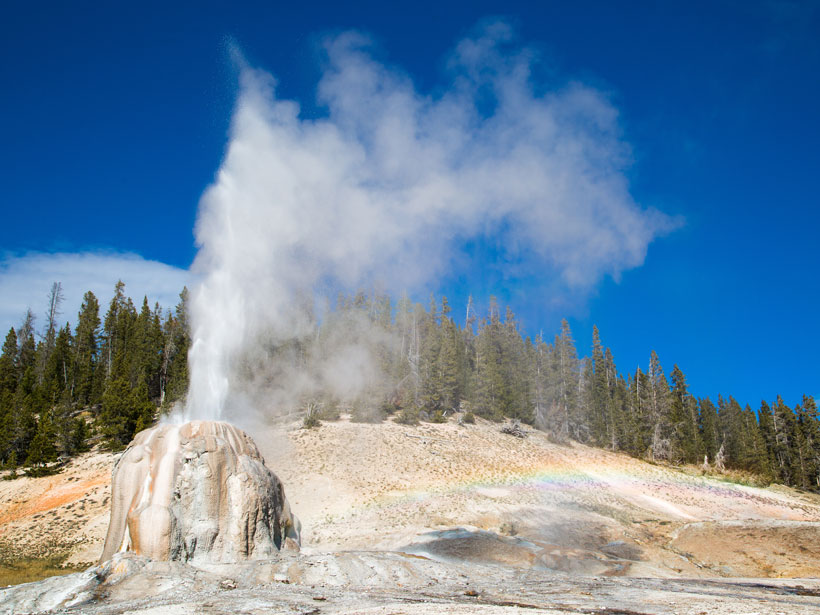Aside from captivating our senses, geysers have much to tell us about subsurface fluids, climate change effects, and the occurrence and limits of life on Earth and elsewhere in the solar system.
M. Manga
Posted inScience Updates
Working Together Toward Better Volcanic Forecasting
A National Academies report highlights challenges and opportunities in volcano science.
Posted inNews
Richard J. O’Connell (1941–2015)
This son of a Montana sheriff discovered the fundamental rules underlying complex geophysical phenomena, and he taught others to do the same.


